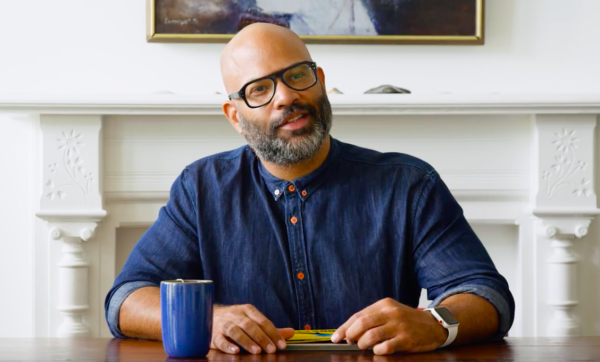
Recognition
2018 AIGA Medal
Born
1971, Boston, Massachusetts
By Steven Heller
March 20, 2018
Recognized for his extraordinary work as a creative director, whose integrated visual communications consistently and eloquently shape stories across multiple platforms, from The New York Times Magazine to Apple.
When Arem Duplessis took the reins as art director of The New York Times Magazine in 2004, he presided over a perennial award winner—recognized for its art direction, illustration, photography, and typography. Duplessis’ work was scrutinized more than anything he had done before. Yet he experimented freely and boldly, exploring beyond the confined box of typical newsstand magazine design. “Rem became quite fearless in that space,” recalls Janet Froelich, the former Times design director. “He grew into the role, and his work became more inventive year by year. His conceptual strengths played to the magazine's intellectual goals.” Though he’s left editorial challenges for Apple, his innovative spirit continues to position him at the forefront of a rapidly changing field.
He was first introduced to commercial art by his mother, Laurel Duplessis, a painter, printmaker, and former curator of the Art and Artifacts Division of the Schomburg Center for Research in Black Culture in Harlem. Because he enjoyed creating models with old scraps of cardboard, she suggested he study architecture or art in college, but he joked that he wasn’t interested in being “broke and frustrated.” When she told him about a possible career designing posters and creating advertisements, movie titles, and covers for magazines, he was incredulous. “Wait. What? There are people in the world who have that for a job?”
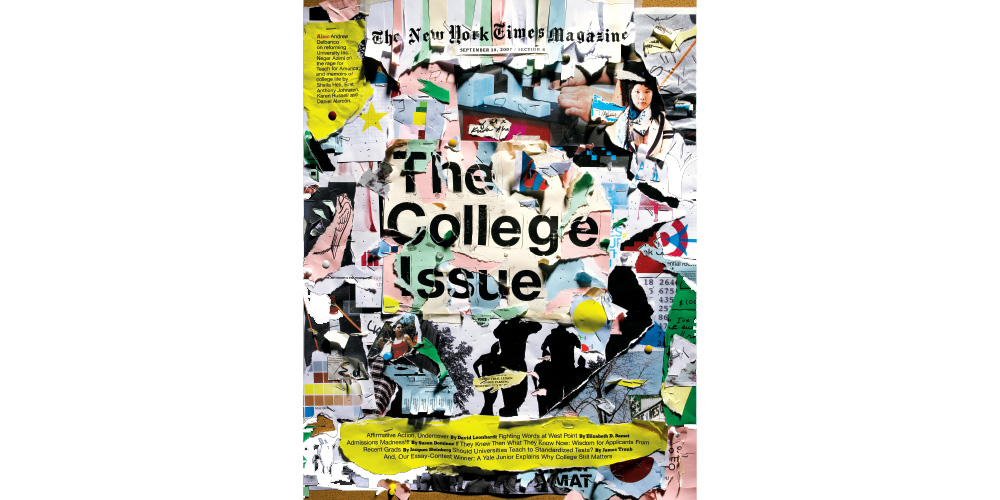
“For conceptual covers, my process always started with several sketches of ideas,” says Duplessis. “I’d present the best sketches to the editor and then together we’d agree on a direction.” The College Issue cover, The New York Times Magazine, September 30, 2007.
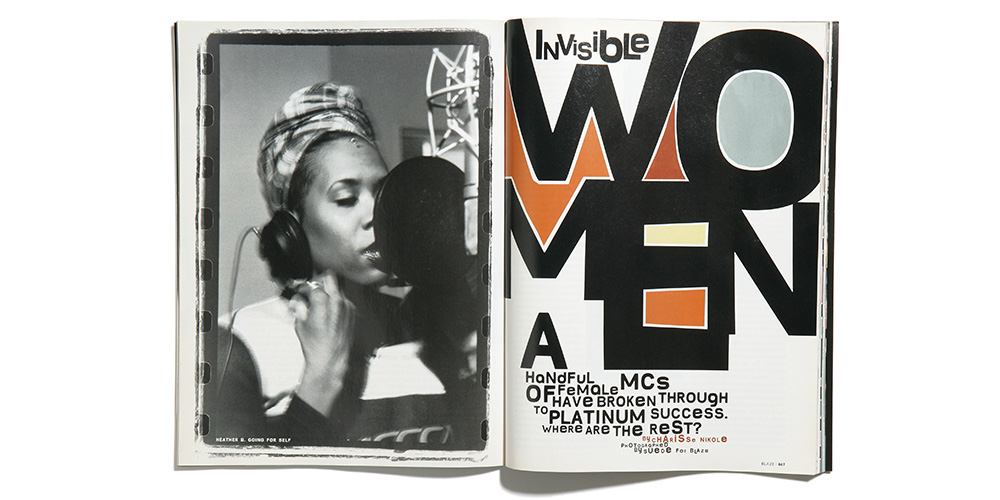
“Invisible Women,” Blaze Magazine, April 1999.
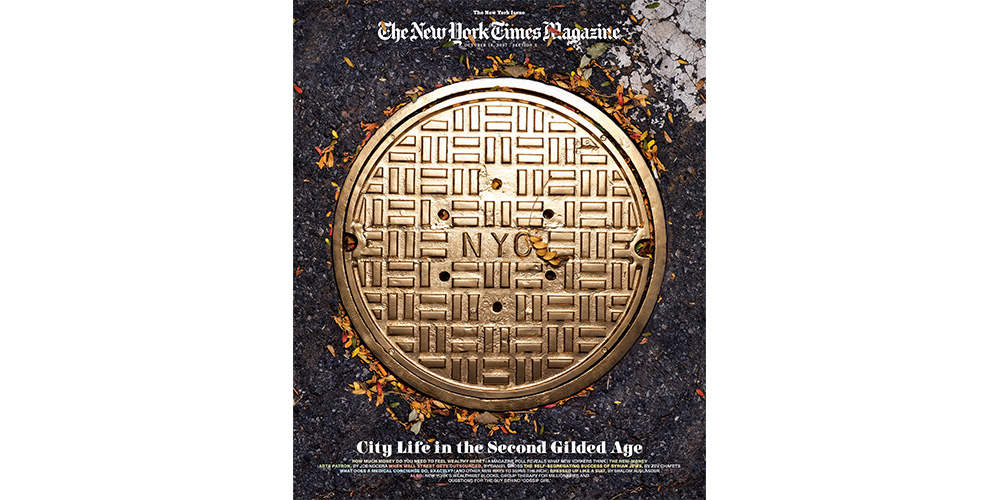
The New York Issue cover, The New York Times Magazine, October 14, 2007.
Duplessis then studied graphic design at Hampton University, where his father, Errol Duplessis, was a professor and aquatics director. In the second semester of his freshman year, the school purchased an Apple Macintosh IIsi for the art department. “I fell in love immediately but I had to compete with 10 other students for computer time,” he recalls. “I’d always sign up for the last time slot, which was generally around 9 p.m.” Duplessis worked throughout the night to learn how to use the technology.
Inspired by a speaker from Time-Life Books and her book designs, which “inspired the hell out of him,” he went on to graduate school at Pratt Institute in Brooklyn for communication design. There, he experienced a new level of access—from various design disciplines to faculty like lettering master Tony DiSpigna, the trappings of a major city, and, to his delight, a computer lab boasting rows of Macs.
It was at Pratt’s employment office where he found his first job, advertised on a bulletin board. In April 1995, he joined the small staff of Market Watch, a trade magazine on spirits, wine, and beer. Duplessis was hired as an art director, but also stepped in as photo editor, designer, and production manager. “Doing all of these different things allowed me to really learn the magazine business, and I fell in love with it.”
Inspired by editorial designers like Gary Koepke, Richard Baker, and George Pitts at the music magazine Vibe, Duplessis soon began mixing design and music. In September 1998, he managed a team of his own at the hip-hop magazine Blaze. “We definitely looked at the work that Fred Woodward was doing at Rolling Stone,” Duplessis admits. “If I’m honest, we ripped him off more than once.”
In 2002, Duplessis came into his own as an art director at SPIN, a rock magazine and the first of its kind to hire a female editor, Sia Michel. “I had a vision and the platform to execute it under Sia,” he says. His typography was demonstrative and youthful but original—occasionally inspired by an old psychology textbook the SPIN design team would peruse. “The general rule was that the work had to be a bit twisted and strange to make the cut.” This eccentric approach earned the magazine its first ever Ellie Award nomination from the American Society of Magazine Editors.
Two years later, he was tapped to replace Design Director Janet Froelich as she transferred from Times to its new fashion magazine, T. “I damn near fell out of my swivel chair,” he recalls. “I was confident enough at this point in my career to hold my own during the interview process, but I had never been so nervous in my entire life. It was pretty extreme.”
Working at Times made Duplessis “a design grownup.” He learned to artfully balance his commitment to type, photo, illustration, storytelling, and pacing. “I don’t think anything outweighed the others as they were all so integral to the architecture and DNA of the magazine,” he says. Though in talks with Photo Editor Kathy Ryan, he passionately advocated for covers that featured typography and illustration rather than photography. “We’d go at it. Sometimes I’d get my illustrated cover and sometimes she’d get her photo cover.”
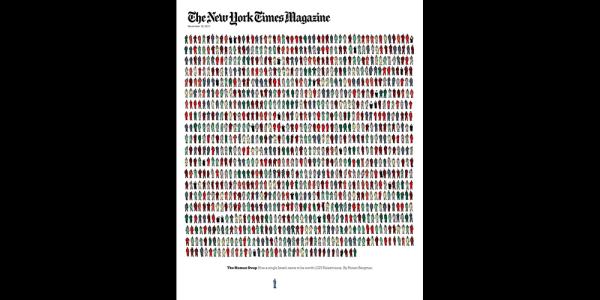
Cover, The New York Times Magazine, November 13, 2011.
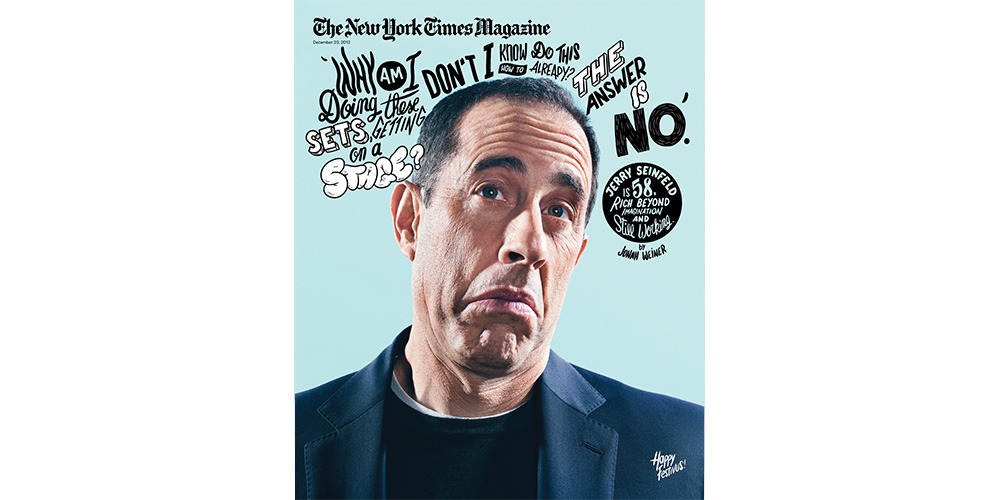
Cover, The New York Times Magazine, December 23, 2012.
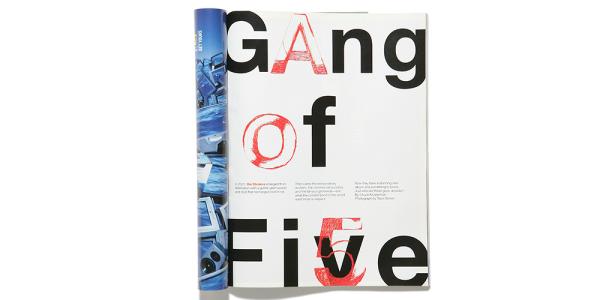
“Gang of Five,” SPIN, October 2003.
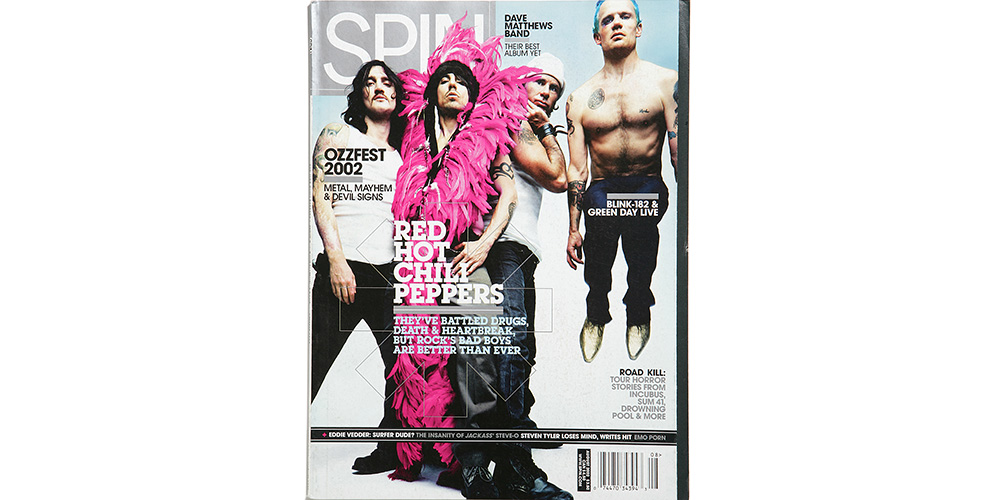
Cover, SPIN, August 2002.
One of his favorites was the September 2007 cover, replicating a college dorm bulletin board. It was layered with staples and torn pieces of colored paper that featured headlines, illustrations, and photography from the issue. “We worked with Professor Lisa Wagner from ArtCenter and her students to create handmade type and illustration for the articles. The magazine’s hallways were littered with different design executions and illustrations,” Duplessis recounts. “The best thing was that it was all done by hand. There was no Photoshop involved.”
The extraordinary diversity of such covers, especially his clever solutions to special issue themes, was the hallmark of his Times years. But looking back, Duplessis attests that his biggest impact was on the design process. “Everyone had a voice, my door was always open, and I endeavored to always be honest with them, even when it hurt. There was no problem too big, too personal, or too awkward. Communication is key, that’s so cliché but at the same time so true.” Times Art Director Gail Bichler remembers Duplessis as a champion of others’ ideas. “He developed the talents of the designers on his team. Many former members of his staff are at the creative helms of major magazines. In that way, his influence on editorial design is much greater than the things he designed or directed himself.”
In 2013, Gizmodo recognized Duplessis for defining Times’ “distinctive graphic voice, including its cover art and instantly recognizable typography.” But even at the apex of his career, he remained on his toes. “Editorial was my everything until the digital shift happened, and I had to regroup and think about what I wanted to do next. I was old enough to remember the glory days but young enough to realize I had several more years left in my career. I never thought magazines would go away completely, I still don’t, but I did know that a major shift was happening.”
When the offer came from Apple in 2014, he took the leap. Though the creative process was similar, Apple introduced unique challenges. “When I was in the magazine business we had this ‘church-and-state rule’ where the business side of the operation did not influence what we did on the creative side and vice-versa,” he explains. “When I came to Apple it was different. Being in marketing meant I needed to be a part of the entire process.” He’s now the group creative director of photography and content, overseeing all visual content with an Apple logo on it worldwide.
Creative integration more and more defines the future of design, and it seems Duplessis’ talents are in higher demand than ever. He’s uniquely able to perceive and embrace opportunities that exist within difficult circumstances. “I wanted a challenge,” Duplessis says. “Man, did I find it.”
Keep in Touch with AIGA
Sign up for email communications to be the first for updates on webinars, events, programs, and announcements.